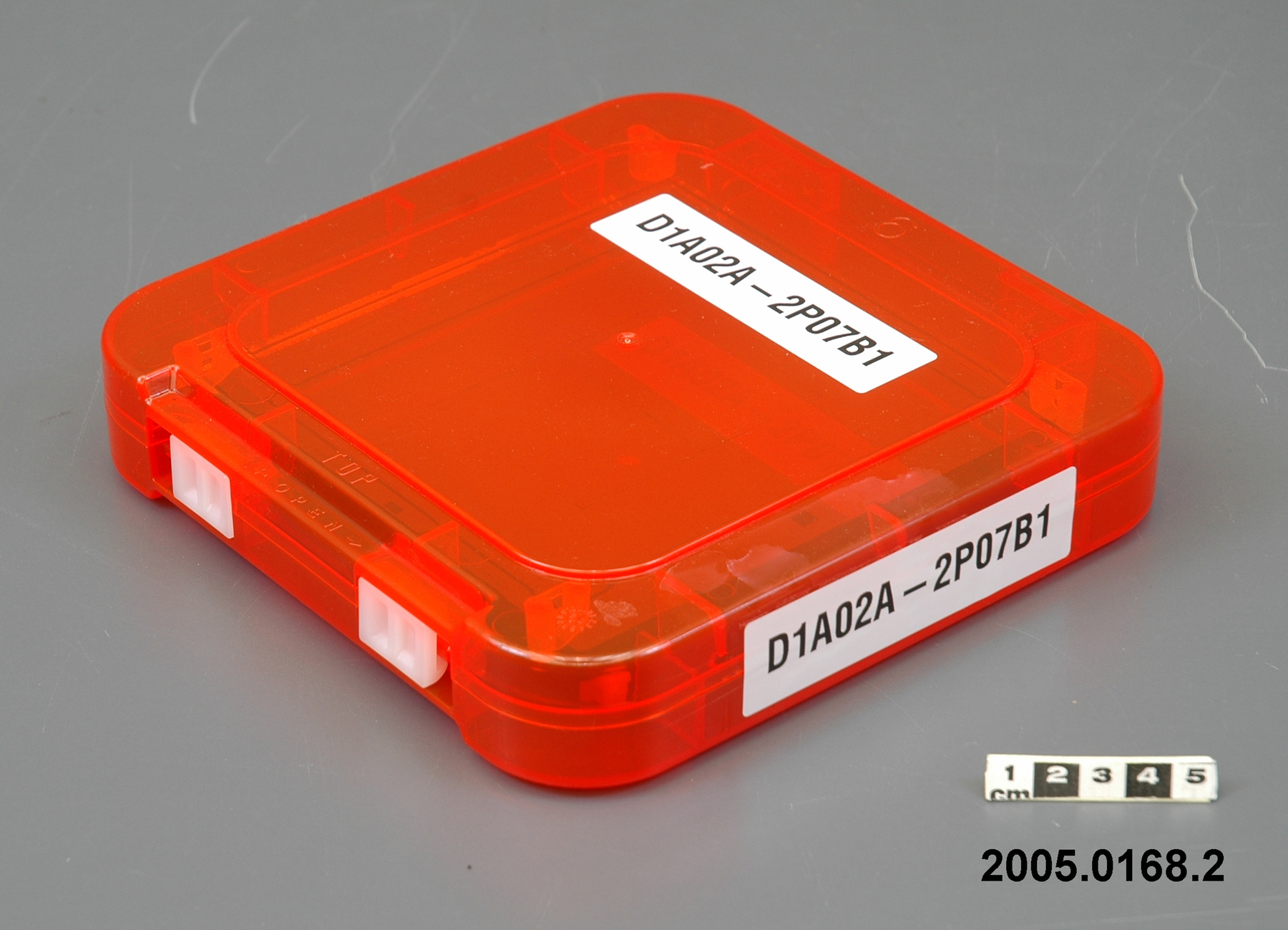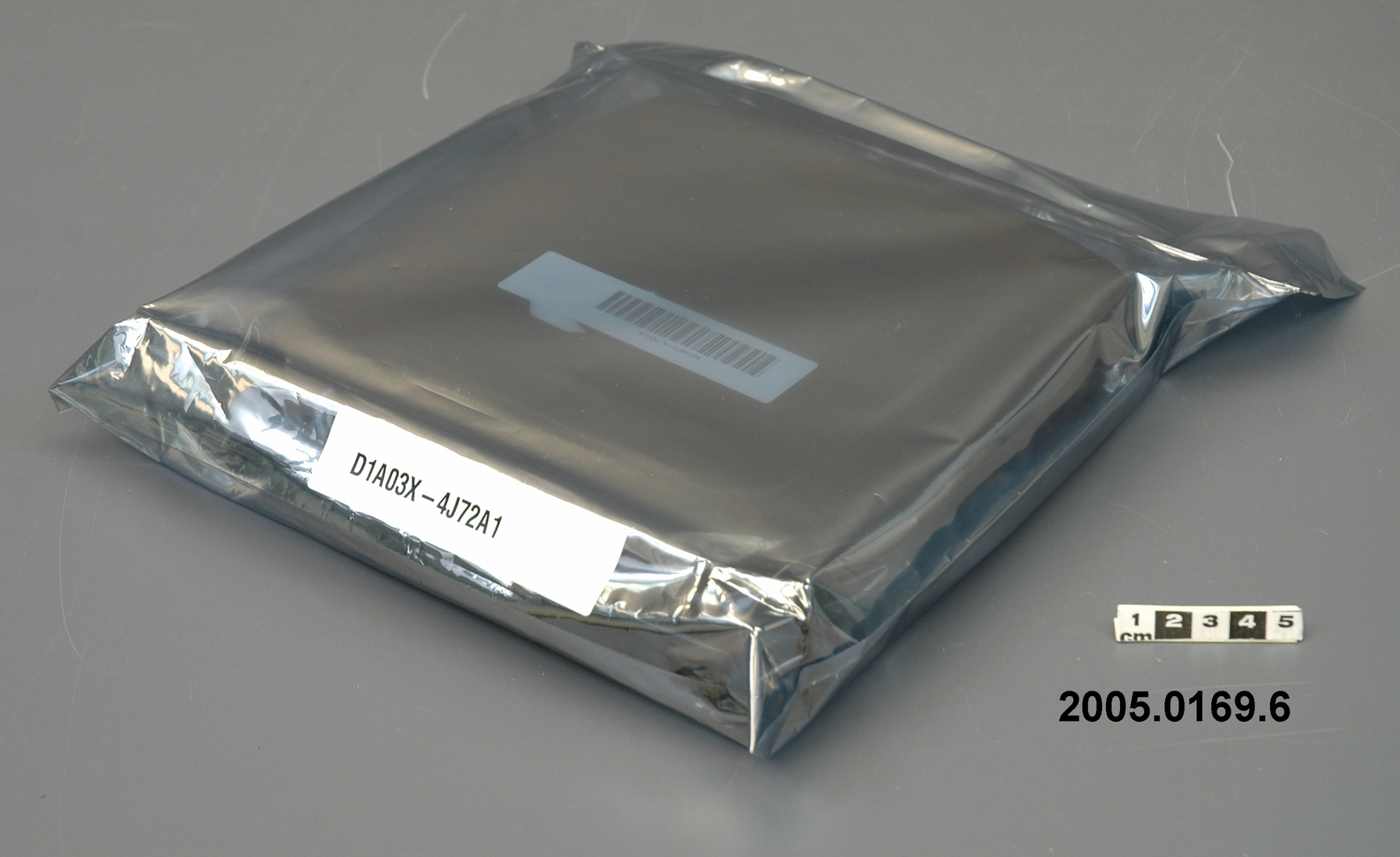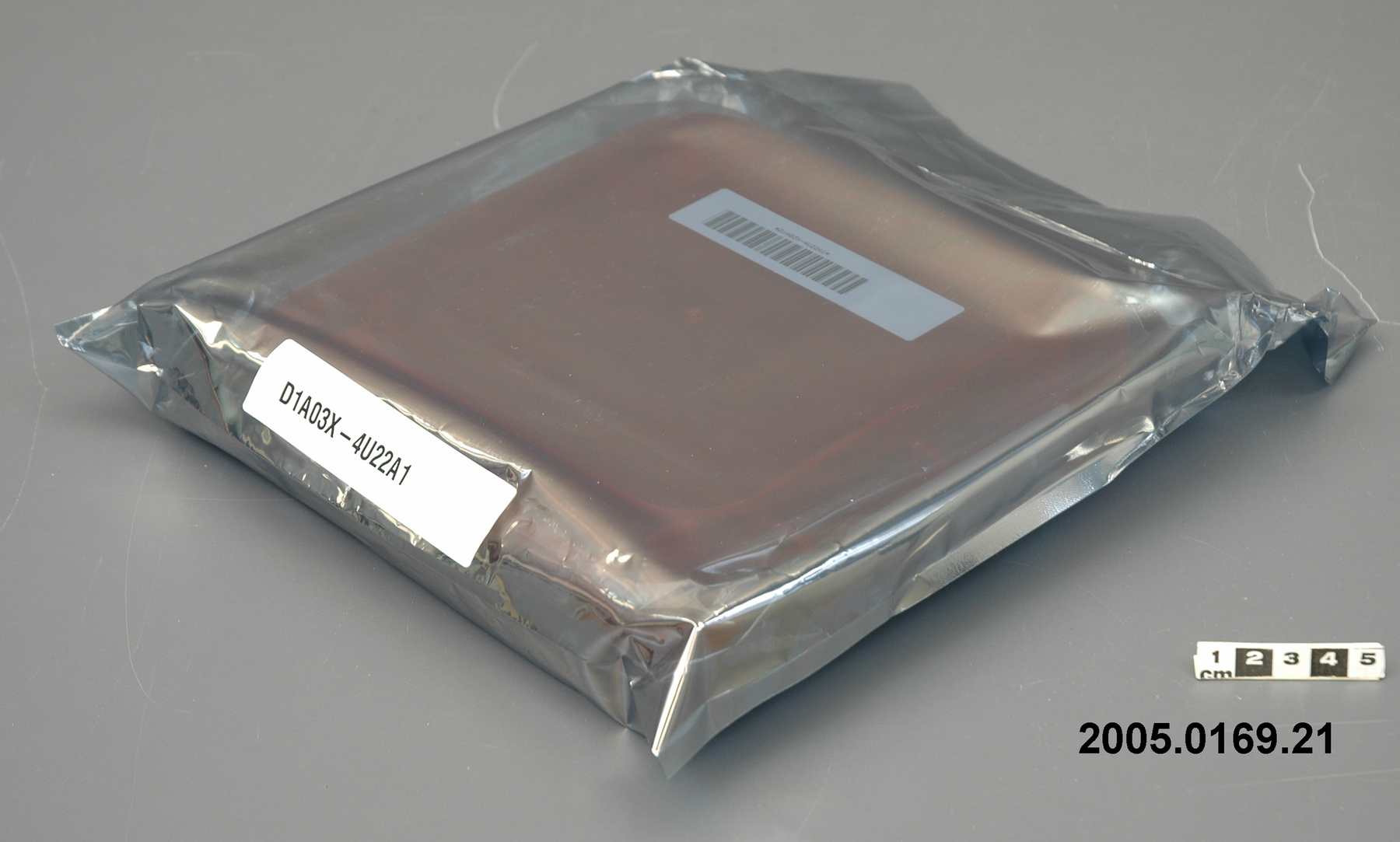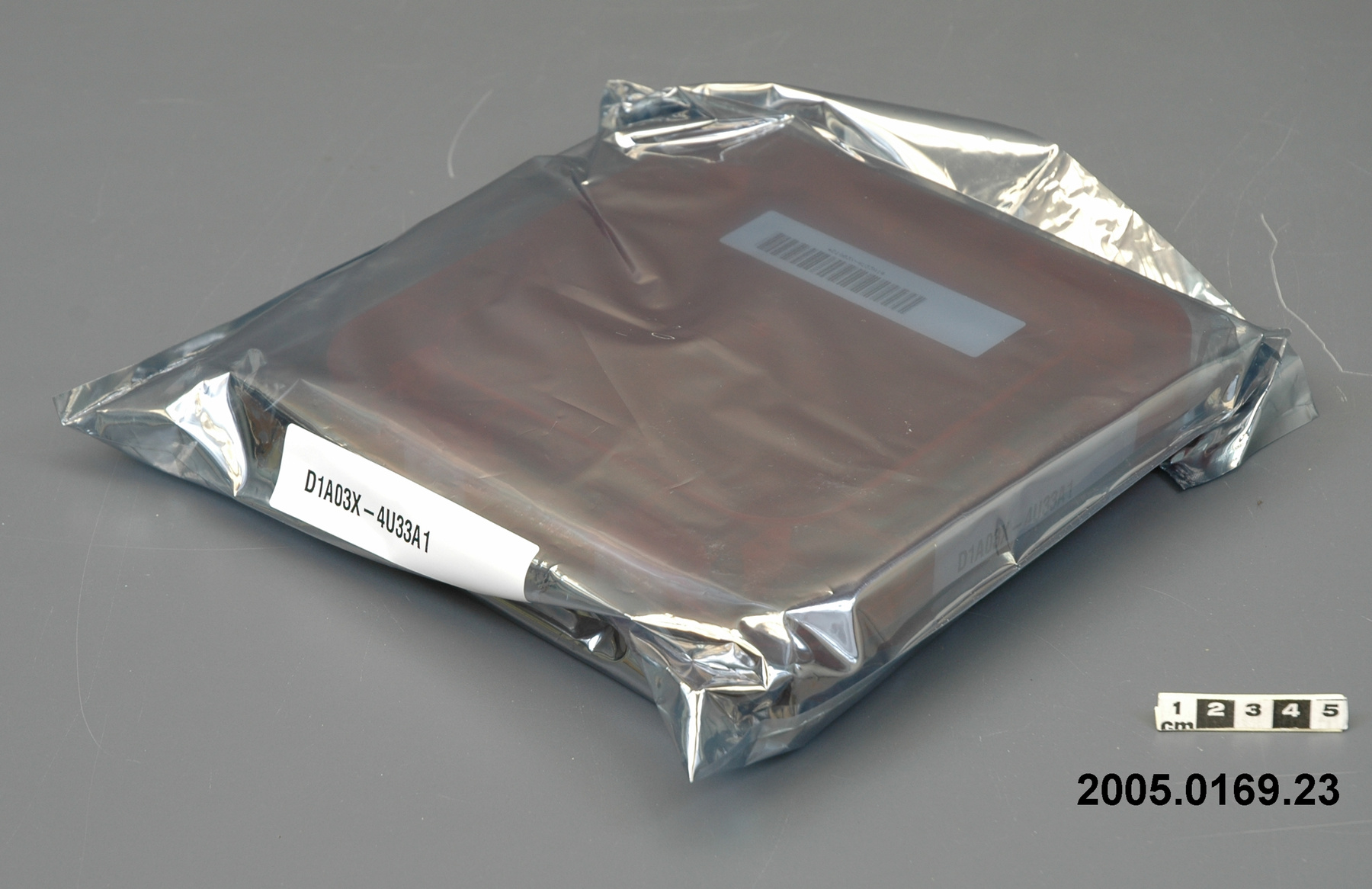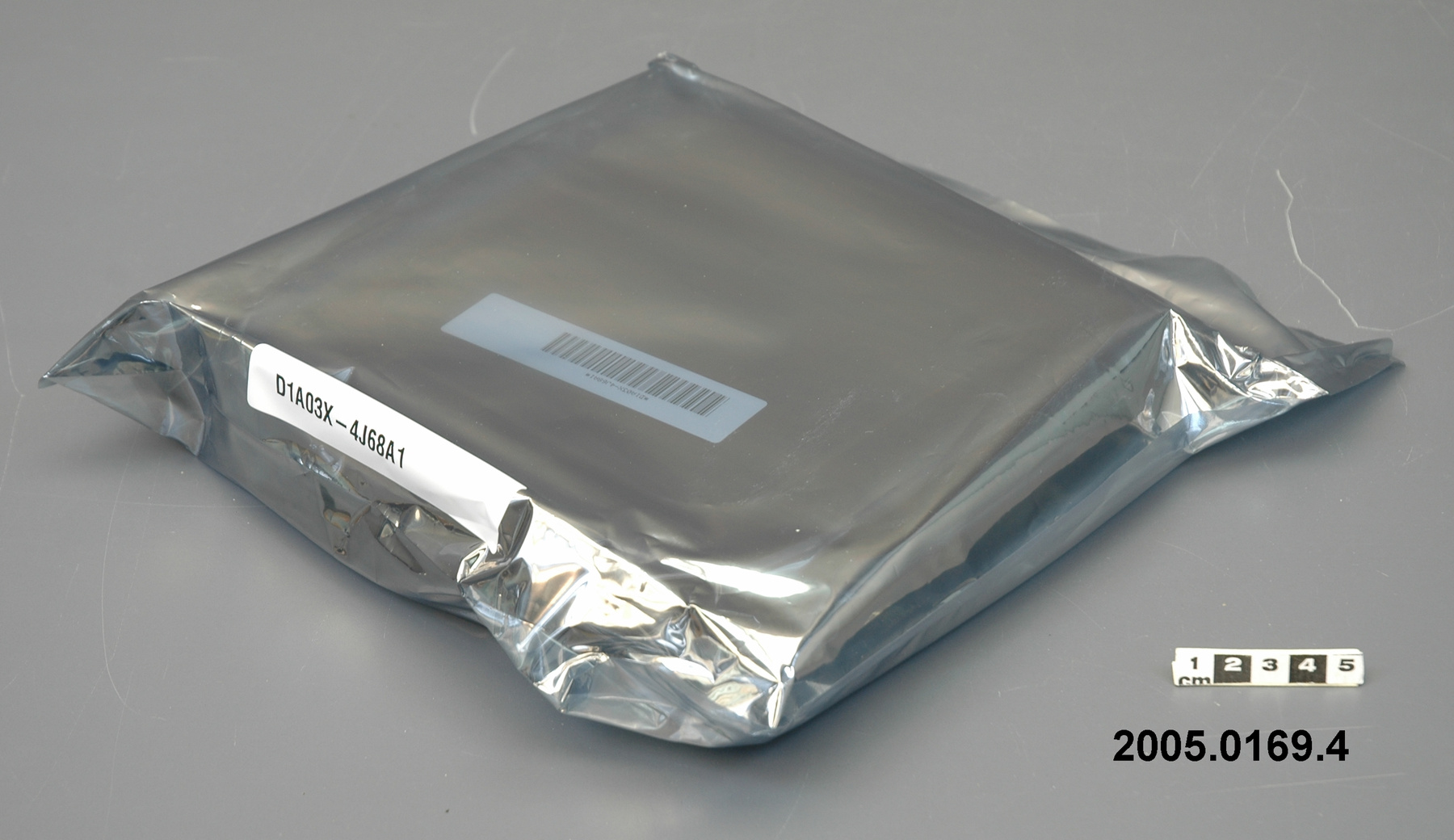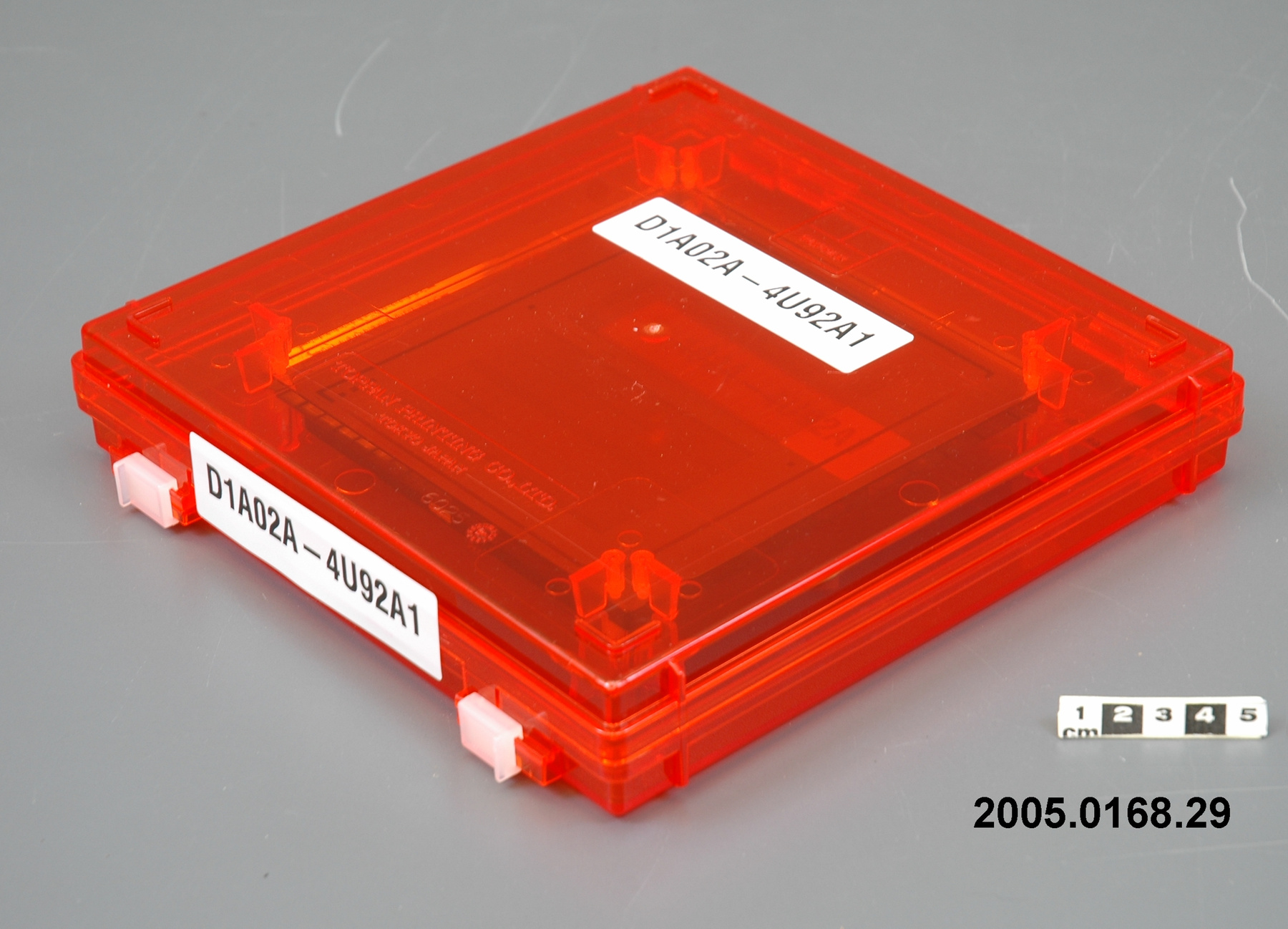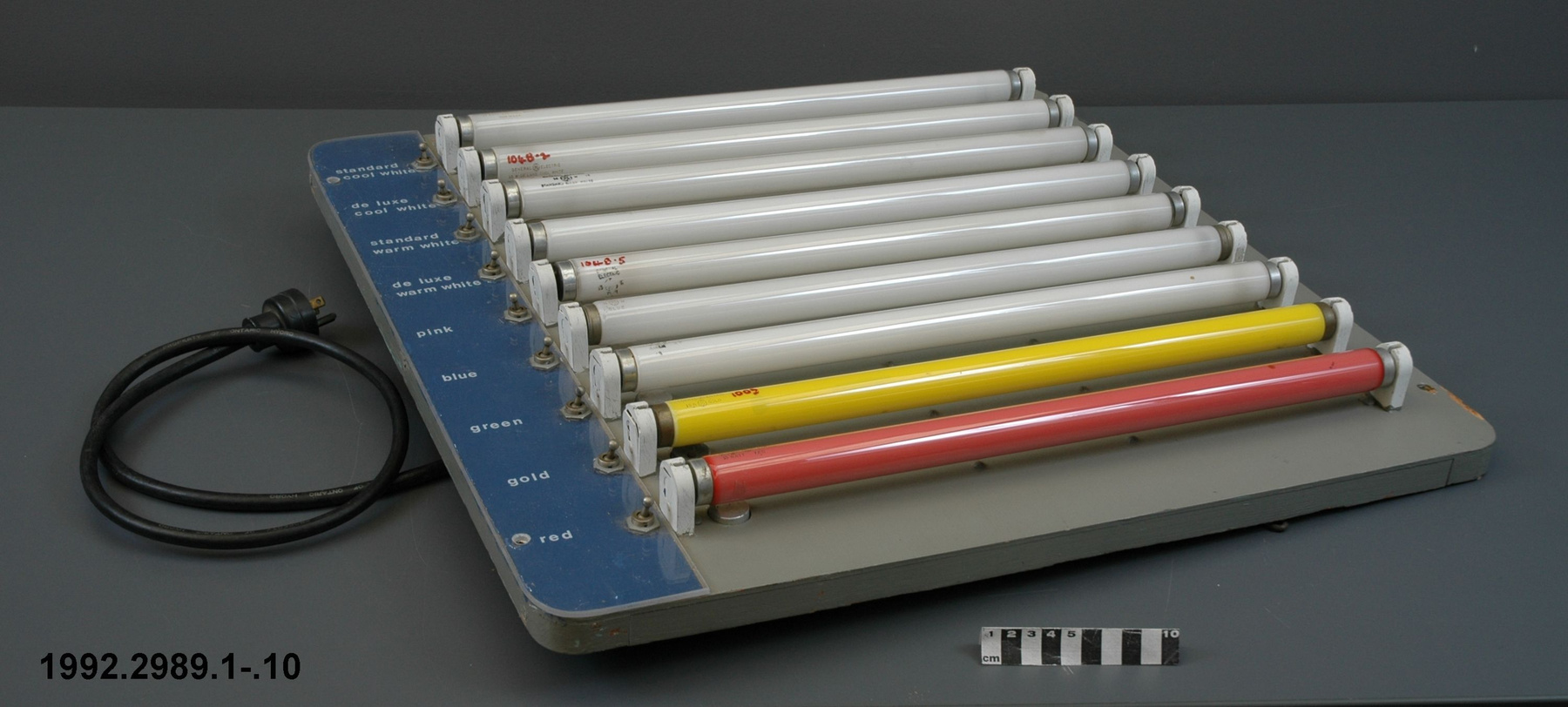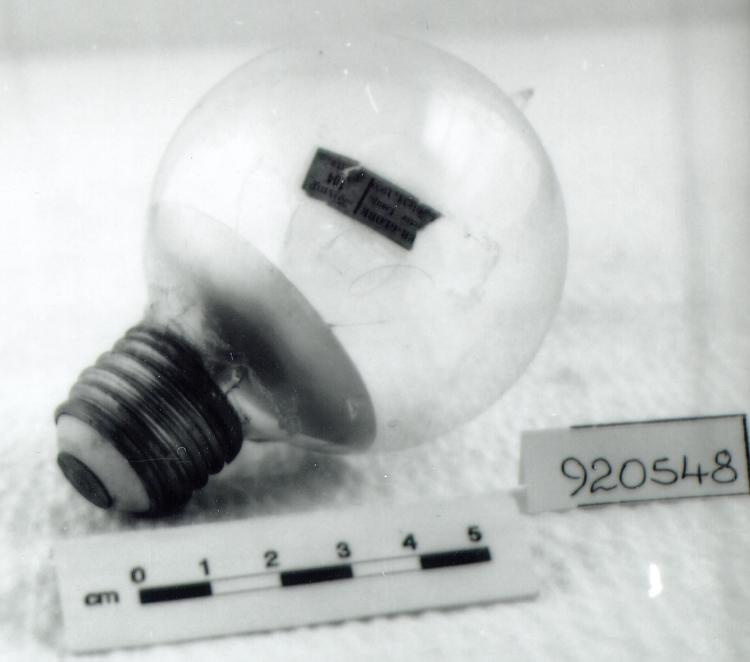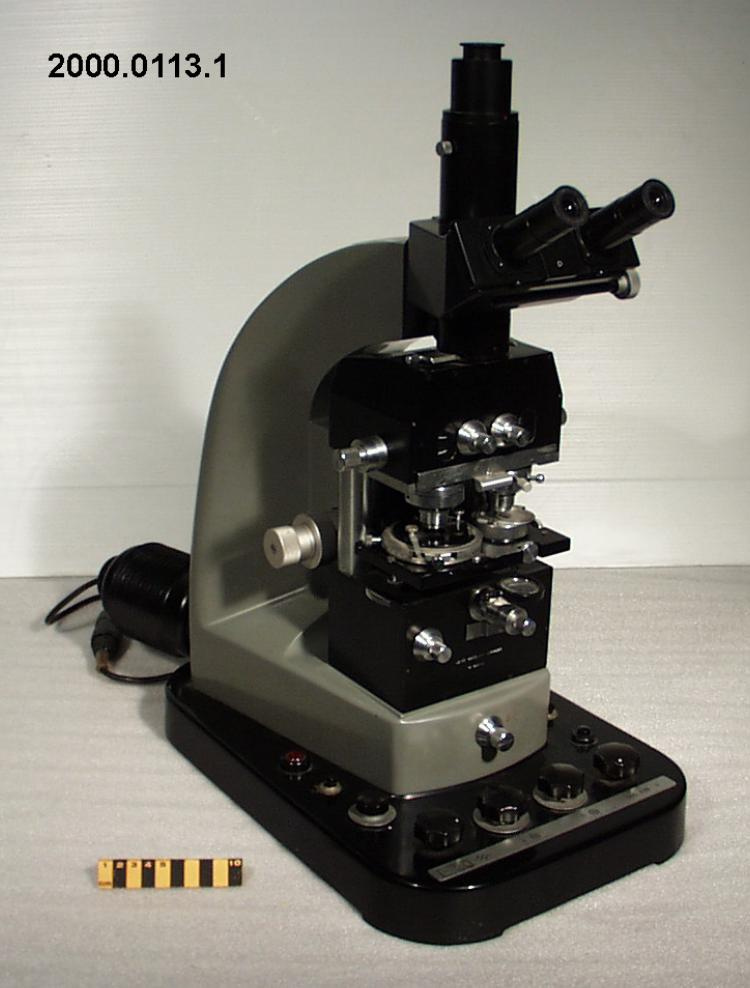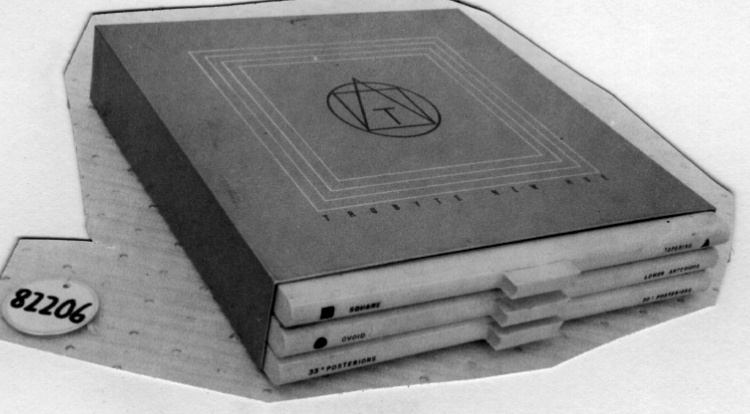Vitrine de fabrication des prothèses oculaire
Utiliser cette image
Puis-je réutiliser cette image sans autorisation? Oui
Les images sur le portail de la collection d’Ingenium ont la licence Creative Commons suivante :
Copyright Ingenium / CC BY-NC-ND (Attribution-NonCommercial 4.0 International (CC BY-NC 4.0)
ATTRIBUER CETTE IMAGE
Ingenium,
2002.0437.001
Permalien:
Ingenium diffuse cette image sous le cadre de licence Creative Commons et encourage son téléchargement et sa réutilisation à des fins non commerciales. Veuillez mentionner Ingenium et citer le numéro de l’artefact.
TÉLÉCHARGER L’IMAGEACHETER CETTE IMAGE
Cette image peut être utilisée gratuitement pour des fins non commerciales.
Pour un usage commercial, veuillez consulter nos frais de reproduction et communiquer avec nous pour acheter l’image.
- TYPE D’OBJET
- S/O
- DATE
- 1920–1935
- NUMÉRO DE L’ARTEFACT
- 2002.0437.001
- FABRICANT
- Veterans Affairs
- MODÈLE
- Inconnu
- EMPLACEMENT
- Inconnu
Plus d’information
Renseignements généraux
- Nº de série
- S/O
- Nº de partie
- 1
- Nombre total de parties
- 2
- Ou
- artificial eye making display
- Brevets
- S/O
- Description générale
- Wooden display case has glass front; metal hardware & fittings. Glass & synthetic prosthesis material secured to heavy paper board using metal wire; handwritten labels printed on heavy paper stock.
Dimensions
Remarque : Cette information reflète la taille générale pour l’entreposage et ne représente pas nécessairement les véritables dimensions de l’objet.
- Longueur
- 122,0 cm
- Largeur
- 18,3 cm
- Hauteur
- 45,5 cm
- Épaisseur
- S/O
- Poids
- S/O
- Diamètre
- S/O
- Volume
- S/O
Lexique
- Groupe
- Technologie médicale
- Catégorie
- Divers
- Sous-catégorie
- S/O
Fabricant
- Ou
- Veterans CA
- Pays
- Inconnu
- État/province
- Inconnu
- Ville
- Inconnu
Contexte
- Pays
- Inconnu
- État/province
- Inconnu
- Période
- This display probably assembled and subsequently used late1920s- 1930s.
- Canada
-
Display presumably made by Dept. of Veterans Affairs, probably following WW1. Prior to 1973, this display was loaned to the museum at the Academy of Medicine by the D.A. via the Princess Margaret Hospital, Toronto. (Ref. 3) - Fonction
-
Three-dimensional display illustrates the various stages in the making of an artificial eye. - Technique
-
Concentrated efforts made, particularly in Great Britain and North America, to develop practical, functional prostheses was largely driven by casualties of Great War. The sheer numbers of combatants and civilians requiring reconstructive surgery and the fitting of artificial limbs, including eyes, combined with advances in techniques and materials, taught medical practioners much and led to innovative designs and a better overall understanding of patients' needs. This display was probably fabricated during later 1920s- early 1930s. It incorporates some synthetic materials, including a cellulose nitrate based eyeglass frame, but the artificial eyes are made of glass. Synthetics began to be widely used for making of artificial eyes in 1940s. Ironically, prior to WWII, most glass artificial eyes were made in Germany, using methods not well known or understood in N. America. It was largely because of hostilities with Germany that research into the use of synthetics for the making of artificial eyes was accelerated. Glass artificial eyes must be blown in a flame, are extremely fragile, and when completed can not be polished or altered in any way. (Ref. 4) - Notes sur la région
-
Inconnu
Détails
- Marques
- "DEPARTMENT OF VETERANS AFFAIRS/ OPHTHALMIC DIVISION/ ARTIFICIAL EYE MAKING/ IN ITS VARIOUS STAGES" printed by hand in white ink on large black paper label mounted in top centre front of case. Individual components identified by numbers, with key providing details. Keys [top left to top right] read: "PLASTICS/ 1. - EYE/ 2. CONTACT LENS/ 3. MUEL'S GLOBE/ 4. MUEL'S GLOBE, ELASTIC PLASTIC/ 5. SOFT ACYRYLIC IMPLANT"; "1. TUBULAR GLASS/ 2. FIRST STAGE of DRAWING THE BULB/ 3. SHAPING THE BULB/ 4. THE BULB FLATTENED"; "5. FIRST STAGE OF MAKING THE IRIS/ 6. VARIATION IN IRIS AND PUPIL ADDED/ 7. GLASS CORNEA DEVELOPED/ 8. IRIS FINISHED, CAPILLARIES ADDED", "9. CONICAL PROJECTION OF BULB/ 10. FINISHING OUTER AREA FOR SHELL EYE/ 11. BULB PREPARED FOR 'REFORM' EYE/ 12. 'REFORM' EYE HALF COMPLETED"; "13. 'REFORM' EYE FINISHED/ 14. BACK OF REFORM EYE/ 15. FRONT OF SHELL EYE/ 16. BACK OF SHELL EYE"; "17. BASE FOR CENTRALIZING THE IRIS/ 18. SHELL FOR STRETCHING THE SOCKET/ 19. FOR COLOR MATCHING"; "20. MUEL'S GLOBE, USED at the TIME of/ OPERATION to GIVE MOVEMENT to ART'L EYE/ 21. COLORS USED in DEVELOPMENT OF IRIS"; and "PLASTICS/ No - A FACIAL MASK, UNASSEMBLED/ No 2- FACIAL MASK, ASSEMBLED".
- Manque
- 2 coloured glass rods missing from display case. Eyeglass frame ( or 'facial mask') originally fitted to display removed by CMST Conservation staff: please see 2002.0437.2. Label within display suggests that there were 2 masks, but it does not appear possible that more than one could be accommodated within display case parameters, and there is no physical evidence that a 2nd mask was ever mounted on board.
- Fini
- Wooden display case has glass front; metal hardware & fittings. Glass & synthetic prosthesis material secured to heavy paper board using metal wire; handwritten labels printed on heavy paper stock.
- Décoration
- S/O
FAIRE RÉFÉRENCE À CET OBJET
Si vous souhaitez publier de l’information sur cet objet de collection, veuillez indiquer ce qui suit :
Veterans Affairs, Vitrine de fabrication des prothèses oculaire, vers 1920–1935, Numéro de l'artefact 2002.0437, Ingenium - Musées des sciences et de l'innovation du Canada, http://collection.ingeniumcanada.org/fr/id/2002.0437.001/
RÉTROACTION
Envoyer une question ou un commentaire sur cet artefact.
Plus comme ceci


